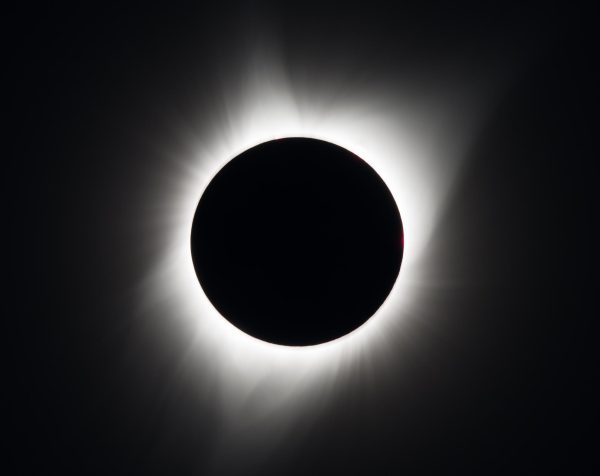April Monthly Mini-Read
April 21, 1908 and April 6, 1909 – First people reach the North Pole… kind of
At this time in the 20th century, when technology was constantly evolving, humans were reaching marks never seen before. However, with many of these achievements came critiques, and the validity of such events were not widely accepted. This was the case for US explorer Frederick Cook on April 21, 1908, where he had claimed to reach the North Pole with the help of two Inuit men. This would quickly be rejected, as no sufficient evidence had been provided.
Approximately a year afterwards, US Navy engineer Robert Peary attempted this treacherous task, accompanied by Matthew Henson and four Inuits. The frigid temperatures caused by extremely indirect sunlight were not seen as a severe burden, as the group successfully reached what they calculated to be latitude 90 degrees North. The U.S. Congress formally recognized Peary’s claim in 1911.
The story does not end there, as Cook challenged Peary’s claim, saying that he made the expedition a year earlier. But as written on The History Channel, “In recent years, further studies of the conflicting claims suggest that neither expedition reached the exact North Pole, but that Peary and Henson came far closer, falling perhaps 30 miles short.”
Interesting fact: On May 12, 1926, the first verified attainment of the North Pole was achieved by Norwegian explorer Roald Amundsen, who interestingly enough was also the first to reach the South Pole.
April 12, 1955 – Polio Vaccine deemed safe and effective
According to the Centers for Disease Control and Prevention (CDC), polio is “a disabling and life-threatening disease caused by the poliovirus. The virus spreads from person to person and can infect a person’s spinal cord, causing paralysis (can’t move parts of the body).” Although in rare cases, paralysis occurs in about 1 out of 200 people, and many cases result in death because the virus affects breathing muscles. Luckily, as for most diseases, a vaccine is available nowadays thanks to Dr. Jonas E. Salk.
Salk and his colleagues used an IPV (inactivated polio vaccine), which introduces the body to a dead version of the virus, strengthening the body’s immunity without having the risk of infection. However, inactivated vaccines proved weaker than other forms of vaccines, causing two more polio vaccines to be synthesized in 1961 and 1963. These were OPVs (oral polio vaccines), containing a live but weakened poliovirus, more effective than previous types.
Mayo Clinic notes that between 1950 and 1953, polio was at its height, with a reported 119,000 cases of the paralytic form and 6,600 deaths. After the development of the three vaccines, polio cases rapidly decreased, with the disease being declared eliminated in North and South America as of 1994.
Interesting fact: Salk’s vaccine was licensed by the U.S. exactly a decade after the death of Franklin Delano Roosevelt, who was known to be affected by polio.
Additional Facts: April Fool’s Day, Passover, Easter, Good Friday, and Ramadan are all celebrated on the fourth month of the year. Beaver Awareness Month (the better name for April) might hold the most bizarre days of any month, such as That Sucks Day, Take a Wild Guess Day, Blah! Blah! Blah! Day, and National Cheddar Fries Day, which celebrates “the delicious combination of cheddar over crispy French fries” (National Day Calendar).
Ethan Wong is a co-features editor and this is his second year as a member of The Buzz. He was a contributing writer last year as a freshman. He loves...










